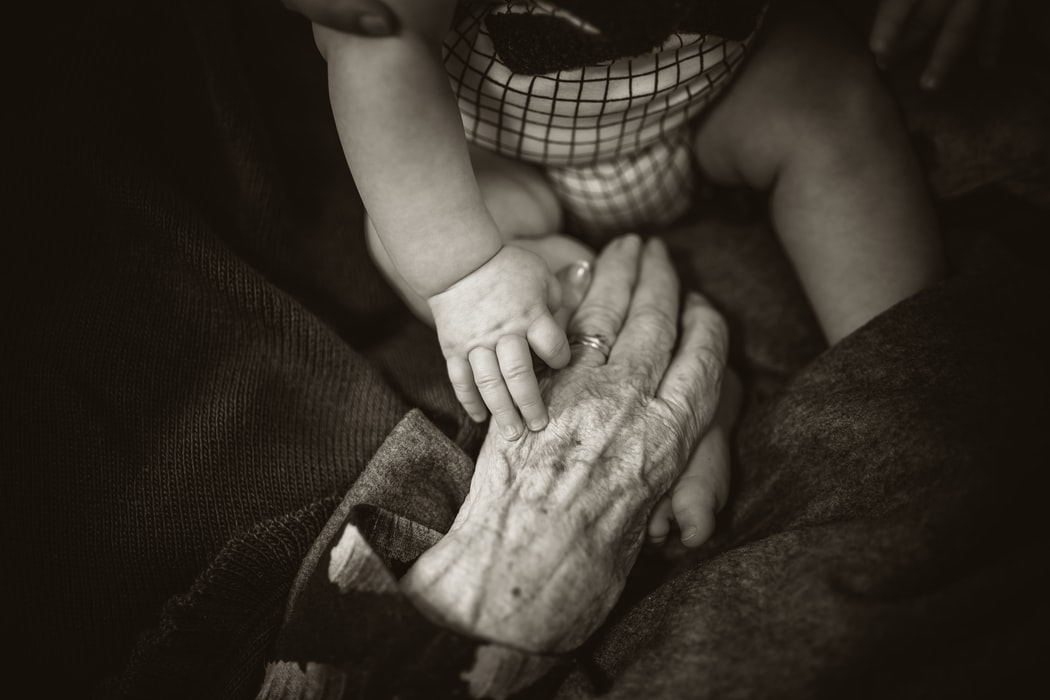Touchwood, let’s hope the pandemic fades quick.
While Noor Tasnim from Duke Global Health Institute was expected to stay in Guatemala for eight weeks, she worried if she would ever fit in. Her advisor, Dr. David Boyd, recommended her to greet every stranger she walked by. Noor goes on to write in her news article that by acknowledging others in the community and having that acknowledgement reciprocated, she felt connected to the locals. Little did she know that such a common greeting could be so powerful.
This makes us wonder, “how do we generally greet our friends, family, or loved ones?” It has mostly been a hug, handshake, fist bump, shoulder bump, or a kiss. Sometimes, just a smile from distance works too. Mostly, the physical touch is important.
THE HUMAN TOUCH
Dacher Keltner, Ph.D. – the founding director of the Greater Good Science Center and a professor of psychology at the University of California, Berkeley – writes that everyday incidental gestures such as pat on the back, or caress of the arm are our primary language of compassion, and a primary means for spreading compassion. In his article published in September 2010, he explains that “to touch is to give life”.
Furthermore, in this journal article published by French physiologist Nicolas Guéguen, he instructed the professor of a 120-person statistics class to give the same verbal encouragement to any student who volunteered to solve a problem at the front of his classroom. But to a randomly selected group of students within the class, the professor also gave a slight tap on the upper arm when speaking to them. Guéguen compared the volunteer rate of those who were touched to those who were not, and found that students who were touched were significantly more likely to volunteer again. In fact, roughly 28 percent of those who were touched volunteered again, compared with about nine percent of those who were not. This demonstrates the positive effect of touch in schools, and how important touch is in communicating positive emotions.
Even in business meetings, handshakes are considered an important part. In a working paper published by Harvard Business School, Juliana Schroeder and Jane Risen of University of Chicago, and Francesca Gino and Michael I. Norton of Harvard University conducted four different studies. These four different studies revealed that handshakes made people feel comfortable initiating negotiations, led to increased cooperative behaviors, obtained higher joint outcomes, crafted more agreements, and in together promoted the adoption of cooperative strategies and influenced negotiation outcomes.
A DIFFICULT PREDICAMENT
While personal touch and intimacy itself is one of the basic human needs, coronavirus hits hard at this very basic human need. Preventing the spread of coronavirus requires hand washing and social distancing. Those are the basics – wash your hands with soap water for at least 20 seconds regularly, and maintaining social distance. As Harvard Medical School elaborates the term social distancing it goes like, “For an individual, it refers to maintaining enough distance (6 feet or more) between yourself and another person to avoid getting infected or infecting someone else.”
This could be the biggest behavioral shift and a major problem for humans, in general.
MIT Technology Review’s editor in chief, Gideon Lichfield, advocates in his article that we are not going back to normal, and social distancing could itself be the new normal – upending our way of life, in some ways forever. Peter Hall – the Professor of School of Public Health and Health Systems at University of Waterloo – advocates in his article published in World Economic Forum that the vaccine will eventually arrive, but in the meantime, epidemics like COVID-19 can be prevented by increasing the prevalence of precautionary behaviors in the general population that impede its spread.
In similar lines, the BBC Future also predicts that we – humans – will be less touchy-feely and far more wary, and the transition will feel strange. It also goes on to say that we may find ourselves more comfortable with keeping people at a distance from us when we greet them.
A RAY OF HOPE?
The Independent newspaper published an article back in 2015 stating that handshakes during business negotiations work even when one of the parties involved is a robot.
A scientific study found that when two people who may be located thousands of miles apart communicate through a robot, shaking hands with the machine and communicating the physical act still encouraged co-operation and mutual understanding.
As per the research team, even though the handshake was virtual, it created a sense of connectedness between both people as they experienced the sensation of grasping a hand with a vibration generated through a controller. They further go on to mention that the findings could provoke a revolution in the art of conducting a video conference or Skype interview.
Also Read: Will we be able to trust people the same way?
Robin Dunbar, emeritus professor of evolutionary psychology at Oxford University, goes on to say that physical contact is a part of the mechanism we use to set up our relationships, friendships, and family memberships. As published in this BBC Future article, Dunbar has some words of hope. “Touch is not the only mechanism used for physical bonding,” he says. Evolution from our primate progenitors has given us new ways to feel a connection with others that also trigger endorphins. “They’re things like laughter, singing, dancing, telling stories, religious rituals and so on,” he says – “the things we use in our everyday social interactions.”
While we might remain more cautious about physical contact for the time being, physical – or – social distance doesn’t really mean we can’t feel close.


